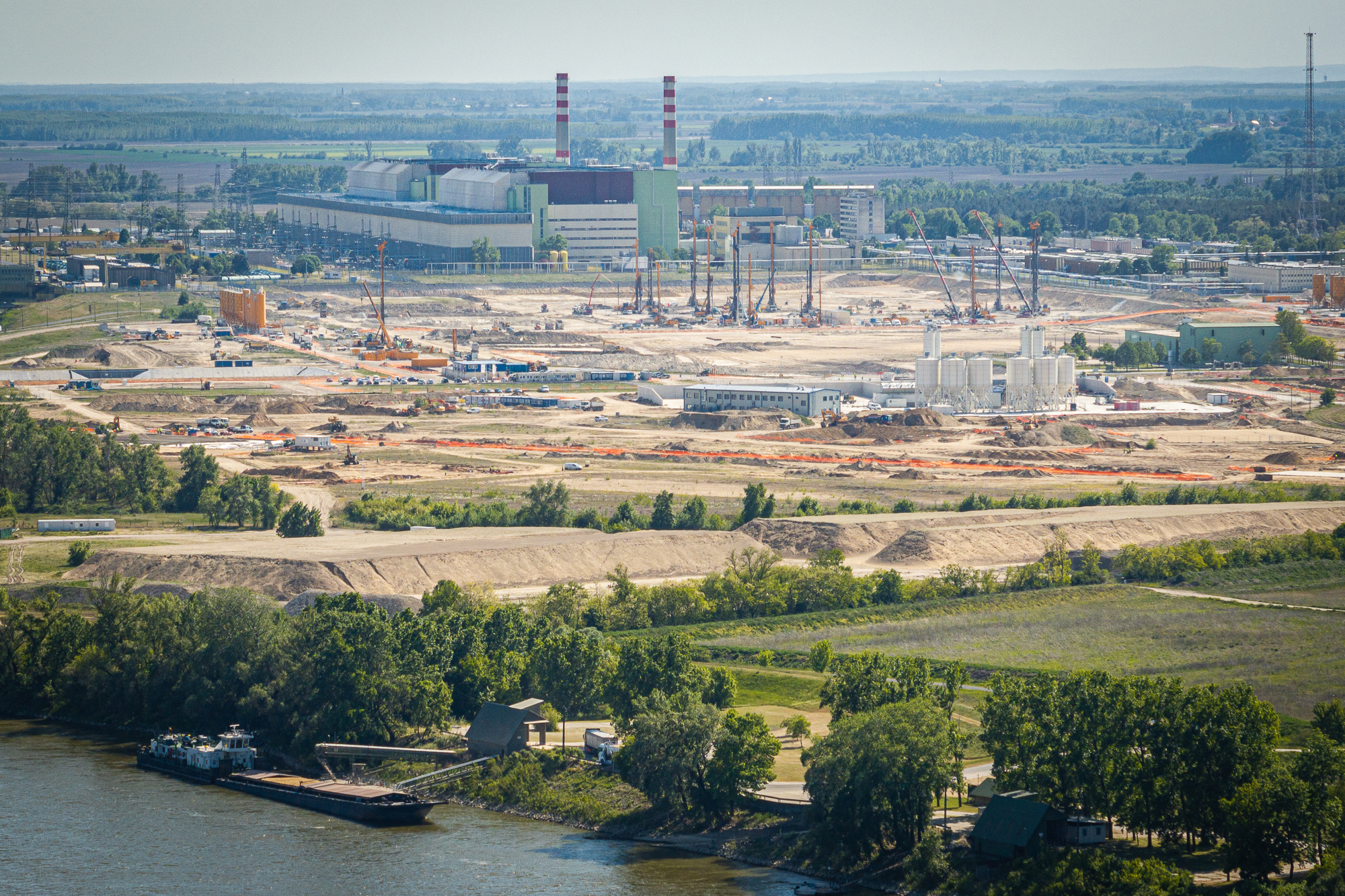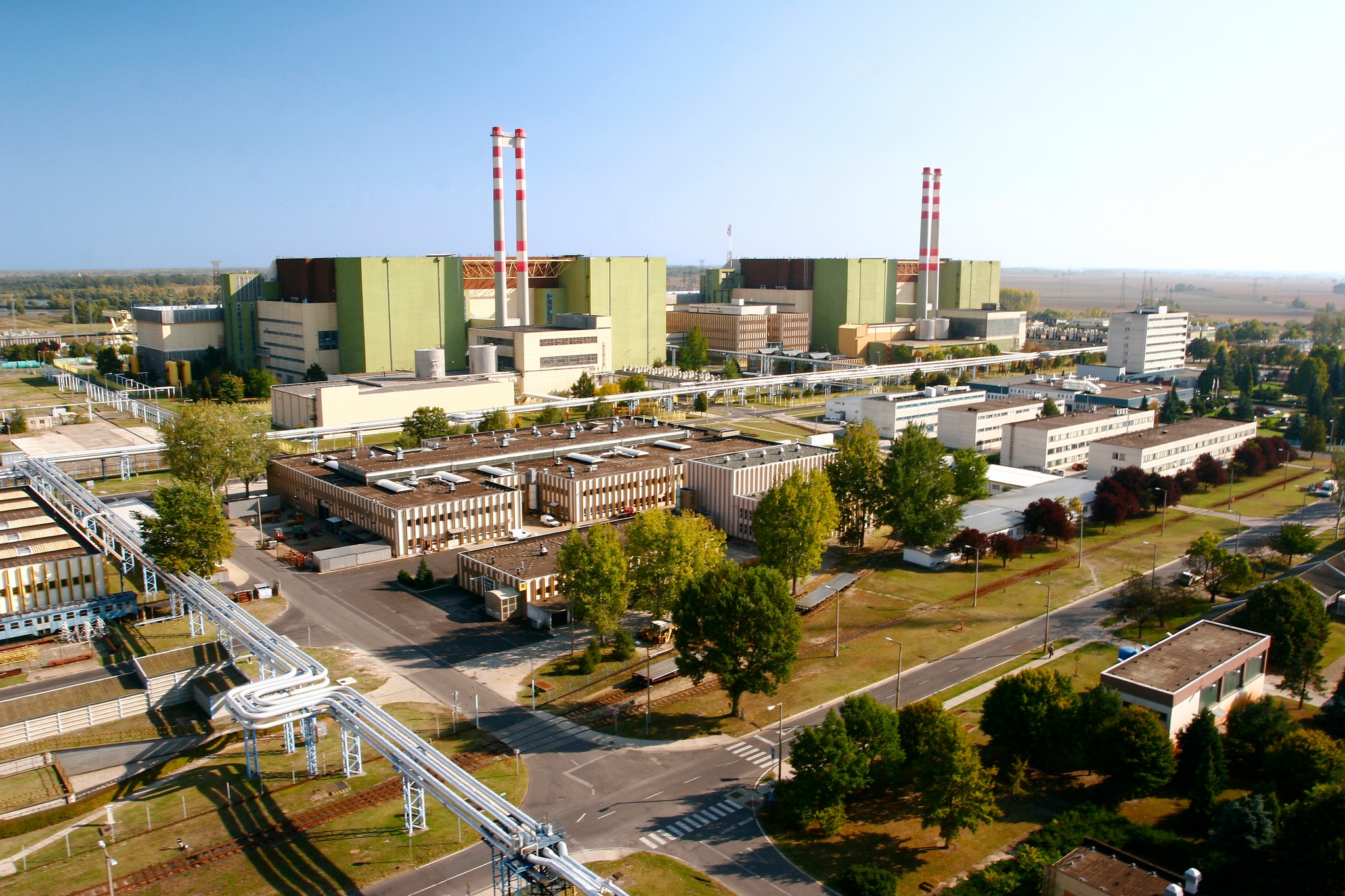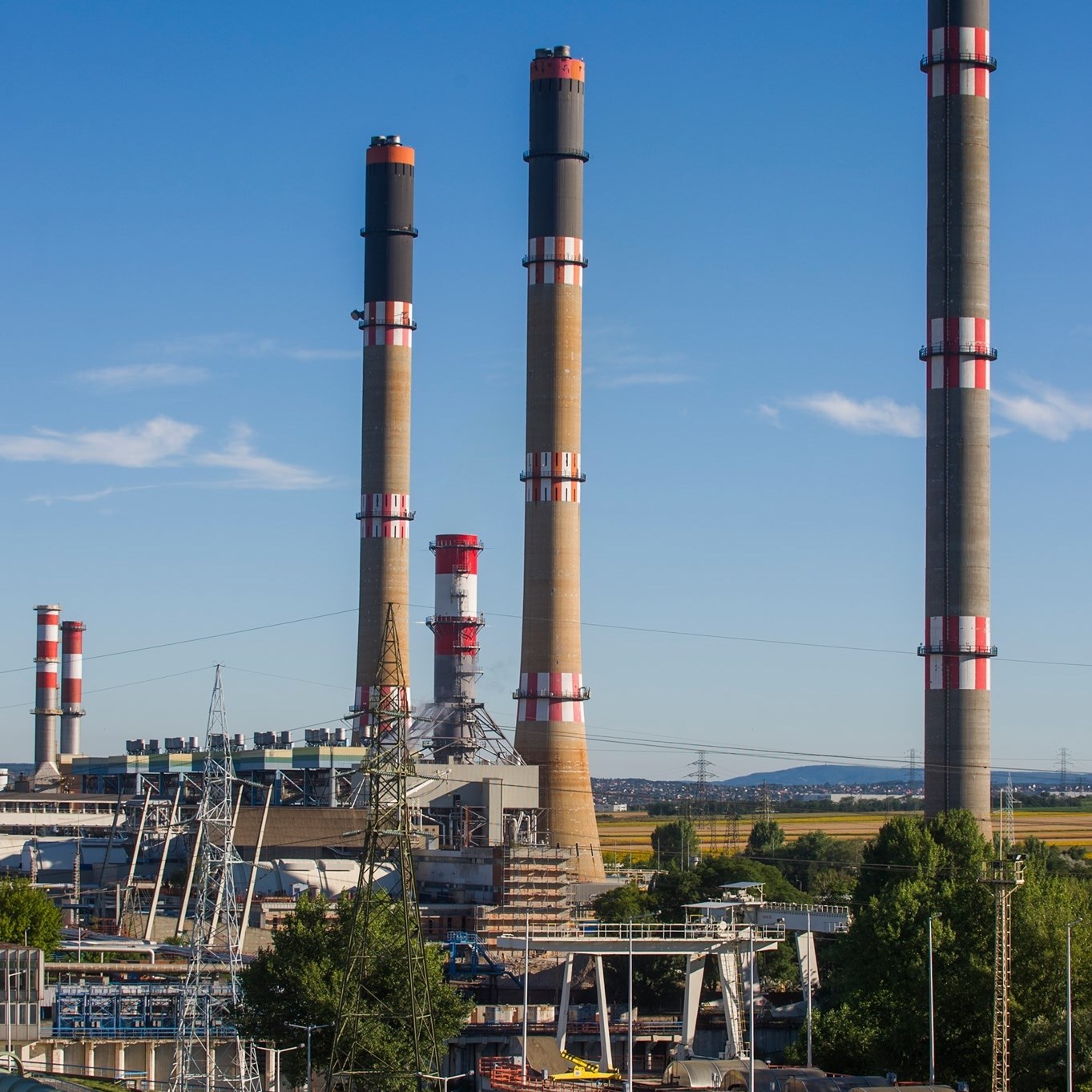
Global electricity demand could increase by 25 to 230% by 2030 or 2050.Continue reading

Hungarian power plants performed well in 2023. According to the Hungarian Energy and Public Utility Regulatory Office (MEKH), the Paks nuclear power plant (central Hungary) achieved sales revenues of more than HUF 210 billion (EUR 531 million; 1 EUR = 395 HUF) last year, the highest in the last decade.
The Paks nuclear power plant performed very well, but renewable energy producers were not left behind either, Index reports, based on a survey by Portfolio. The portal points out that along the main energy sources,
Paks Nuclear Power Plant performed very well, with sales revenues of more than HUF 210 billion last year, the highest in the last decade, well above the HUF 190 billion in 2022.
Despite this, the profit after tax was only HUF 121 million, far below not only the HUF 2.8 billion of the previous year, but also the results of previous years, especially the HUF 17 billion profit achieved in 2019 and 2020.

Inside the Paks power plant. Photo via Facebook/MVM Paksi Atomerőmű Zrt.
The Mátra Power Plant (northern Hungary) is the second largest power plant in the country and also belongs to the MVM Group. In 2023, the 950 MW Mátra Power Plant covered around 6.2 percent of the gross domestic electricity demand with its production.
It can use lignite, biomass, natural gas, and oil as fuel, but is largely a lignite-fired power plant. In 2023, it increased its sales revenue to nearly HUF 151 billion from HUF 112 billion in the previous year, while its profit after tax decreased from HUF 3.9 billion to HUF 1.5 billion. Its profit before tax decreased from HUF 4.2 billion to HUF 2.6 billion, partly due to a decrease in other income.

The Mátra Power Plant. Photo via Facebook/MVM Mátra Energia Zrt.
The Dunamenti Power Plant (central Hungary), the largest operating domestic natural gas-fired power plant, saw its 2023 revenue fall by less than half to EUR 254 million from EUR 524 million in 2022. The two main reasons for this are that due to the war in Ukraine and other market effects, the extremely high market energy prices were reduced in 2023, and the amount of electricity produced by the plant decreased slightly from 2022 to 2023.

The Dunamenti Power Plant. Photo via Facebook/Dunamenti Erőmű
Although the Paks Nuclear Power Plant has a district heating license, its thermal capacity is only 42 MW, a fraction of the 1,130 MW thermal capacity of the Budapest (Kelenföld) Power Plant, which is the largest domestic district heating producer and is fired by natural gas (with oil as a back-up). Last year, the turnover of the operator Budapest Power Plant increased to HUF 448 billion from HUF 389 billion in 2022, while its profit after tax rose to HUF 26 billion from HUF 20 billion in the previous year.
In terms of renewable energy, the article also looks at solar power plants,
covering 10 percent of Hungary’s gross electricity consumption with their production in 2023.
Domestic wind power plants covered less than 1.5 percent of gross domestic electricity consumption last year, but they are still an important part of the system. Iberdrola Renovables Magyarország Kft., currently operating nearly half of Hungary’s 325 MW of installed wind capacity, generated sales of HUF 13.6 billion in 2023, up from HUF 11 billion in 2022. The company’s profit after tax increased from HUF 5.4 billion to HUF 9 billion.
Biomass and biogas power plants together accounted for 4.7 percent of gross domestic electricity demand in 2023. This is more than three times as much electricity as wind power.
Currently, there is only one major municipal solid waste-to-energy plant in Hungary, the 27.3 MW Budapest Waste-to-Energy Plant (Fővárosi Hulladékhasznosító Mű). In 2023, it’s operator increased its revenue to HUF 128 billion from HUF 119 billion, and its (adjusted) profit after tax increased to HUF 4.7 billion from HUF 473 million in 2022.
Via Index; Featured image via Facebook/MVM Paksi Atomerőmű Zrt.